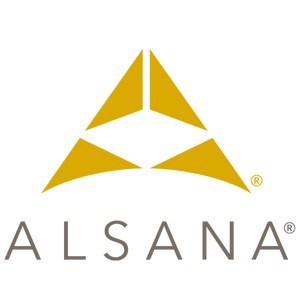There are many different kinds of eating disorders and it’s crucial to know the distinction between them so that you can be treated appropriately. Here we will discuss the four most common types of eating disorders: binge eating disorder, bulimia, EDNOS (eating disorder not otherwise specified), and ARFID (avoidant/restrictive food intake disorder).

Binge eating disorder is defined by periods of excessive eating and a feeling of guilt, shame, and anxiety. Bulimia is similar to Binge in that there are times of eating too much but instead of feeling guilty afterward the people suffering from bulimia clean their bodies of food by vomiting or the using laxatives. EDNOS is a broad name for every eating disorder which does not fall in the three other categories. ARFID is a brand new diagnosis, and is defined by the avoidance of specific foods or food groups due to fear of being choked, vomiting or weight gain.
Although there are some commonalities in these two disorders it’s crucial to recognize the differences to ensure you receive the right treatment. If you think that you may be experiencing or have an eating disorder you should contact us for assistance. There are many resources that are available to you and treatment may be efficient.
Solutions to Recover from Bulimia
There are many sources available to assist those suffering from the disorder of bulimia. Treatment programs can offer guidance and structure throughout the recovery process. Alsana St Louis programs usually include cognitive-behavioral therapythat helps patients overcome negative thinking and behavior that cause their condition. Nutrition counseling is another essential aspect of treatment because patients need to understand the best ways to feed their bodies healthy manner.
Support groups are beneficial for bulimia recovery too. They provide a place for individuals to talk about their experiences and encourage more videos about Alsana one another in the process of recovering. Most often, the members of support groups have experienced similar circumstances and can provide guidance and support.
In addition to the formal treatments and groups for support There are a variety of other resources that could be useful in recovery from the disorder of bulimia. The internet is full of articles, books and websites on eating disorders can offer information and help. Family and friends can provide assistance compassion, love, and empathy. Additionally, professional counselors and therapists can provide one-on-one assistance to deal with the feelings and thoughts that cause the disorder of bulimia.

Treatment Programs
There are many treatments and resources available to assist those who are recovering from the disorder of bulimia. Here are a few of the most popular:
CBT: The form of therapy is focused on changing negative thoughts patterns and behavior that are associated with the disorder of bulimia.
The Interpersonal Therapy: This form of therapy is focused on improving relationships and communication. It is helpful in addressing issues that could be the cause of or sustaining behaviours that are bulimic.
Therapy for families: This kind of therapy is a great way to assist families to understand and help their loved ones’ recovery. It is also a way to address any family issues that may contribute to the patient’s Bulimia.
Nutritional counseling: A registered dietitian may give advice and guidance on healthy eating practices. This is helpful in creating a healthy relation to food.
In certain instances medications may be prescribed to treat symptoms like depression or anxiety that could contribute to bulimia.
Pros and Cons of Recovery Programs
There are numerous types of recovery programs that are available to sufferers of bulimia and it’s difficult to determine which one is best for you. Here are some of the pros and cons of various types of programs for recovery to assist you in making a choice:
Inpatient Programs:
Pros:
Provides 24-hour supervision and care in a secure and controlled environment.
Can provide a range of treatment options like private therapy, group therapy as well as medical care
It can provide a sense support and structure in the beginning stages of recovery
Cons:
It can be costly
May not be insured by insurance
This could mean taking time away from school or work
